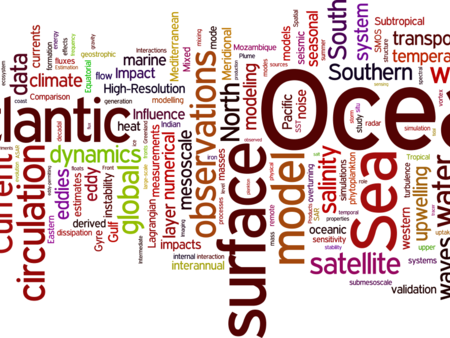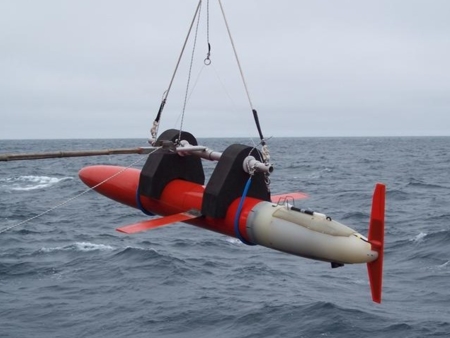Edouard Gauvrit
Title : Statistical characterization of turbulence in a wind-over-waves surface layer
Advisors : Marie-Noëlle Bouin (LOPS), Jean-Marc Delouis (LOPS), François Boulanger (LPENS)
Funding : CNRS (80 Prime)
Started from : 01/11/2020
Context
Ocean plays a key role in regulating climate through the dynamical coupling between sea surface and the atmosphere. Understanding this coupling is a key issue in climate change modelling. Its representation in current models is based on dimensional analysis arguments initially developed for continental surfaces (Monin and Obukhov, 1954) which have been marginally modified to consider empirically the effect of waves (Charnock, 1955).Numerical simulations of the atmosphere include an explicit representation of wind-wave coupling that considers only wind sea (waves created by the local wind), which is taken into account through the surface roughness (Janssen, 2004). The evolution of the wind sea in swell and breaking waves is itself only very partially considered in this coupling. However, the impact of the latter on the upper layers of the ocean is significant and likely to evolve with climate change, like the sea state itself. Recent studies have shown the importance to take into account the wind-wave coupling into our models (Fan et al. 2012). Another strong limitation of the simulations is that they do not consider some effects related to coupling between scales - such as that between the wind sea and swell - although they play a key role in non-linear dynamics.
Method
The challenge here is to statistically describe systems with a strong coupling between scales of very different dimensions. The scientific lock is modelling such processes without an established physical model. We therefore aim to go beyond the power spectrum representation (position invariant) of the wind-wave coupling, by proposing a new description of the scale interactions,even with very different spatial and temporal characteristics. Recent developments in the field of neural networks and Artificial Intelligence provide tools to describe the multi-scale structure of high-dimensional data with a reduced number of parameters (e.g. the Scattering Transform, Bruna et al. 2015 and the Phase Harmonics, Mallat et al. 2019). The idea is to describe how the different scales communicate by integrating the notion of intermittency, the temporal and spatial location of information, which is absent in the case of an approach based solely on spectral power. This mathematical approach is inspired by neural networks but here, as the convolution functions are predefined, the statistical descriptors are obtained without any learning step. This approach of determining information with low variances is particularly promising to consider rare or extreme events which play a determining role in non-linear physics.
External collaborations
The thesis is at the heart of a transverse project between Physical Oceanography and Astrophysics. The mathematical methods to be used have already been the subject of preliminary work in the study of the interstellar medium (Allys et al. 2019). There is a strong collaboration with the Physics and Computer Science laboratories of ENS Paris.
The trans-disciplinary context of this thesis led us to apply for, and to obtain a 80 PRIME (CNRS) grant for our project AstrOcean (https://miti.cnrs.fr/projet-multi-quipe/astrocean/).
Bibliography
- Allys, E. et al. 2019 AA 629, 115.
- Bruna, J et al. 2015, The Annals of Statistics 43, 323
- Charnock, 1955, Q. J. Roy. Meteror. Soc., 81, 639-640
- Fan et al., 2012, J. Clim., 25(18), 6233–6252.
- Janssen, P., 2004, Cambridge University Press.
- Mallat, S., Zhang, S. Rochette G. 2019, IMA Journal of Information and Inference, arXiv :
- 1810.12136.
- Monin, A. S. and Obukhov, A. M. : 1954,Trudy geofiz. inst. AN SSSR24(151), 163–187.







